Explore the Best AI Image Gallery

Beyond the Brushstrokes: How Wearable Tech is Redefining Artistic Creation
The realm of creativity has always been a space of boundless innovation, where imagination knows no limits. In recent years, wearable technology has emerged as a powerful force, pushing the boundaries of artistic expression and redefining how we create, experience, and interact with art.
From interactive installations to personalized digital canvases, wearables are empowering artists to explore new dimensions of creativity. This blog post delves into the transformative impact of wearable tech on the creative industry, exploring its diverse applications, ethical considerations, and promising future directions.
A Canvas Beyond Sight
Imagine a world where your movements translate into vibrant brushstrokes, where emotions are captured and manifested as abstract forms, or where interactive sculptures respond to your touch. Wearable technology is making these artistic dreams a reality.
- Gesture-Based Painting: Devices like gloves equipped with sensors allow artists to control virtual paintbrushes through their hand movements, creating dynamic and expressive artworks that react in real time to their gestures.
- Biometric Art: Wearables can capture physiological data such as heart rate, skin conductivity, and brain waves. This information can be translated into visual or auditory art forms, resulting in pieces that reflect the artists emotional state or physical experiences.
- Augmented Reality (AR) Integration: AR applications on wearables allow artists to overlay digital elements onto the real world, creating immersive and interactive environments that blend the physical and virtual realms.
Interactive Experiences for a New Generation
Wearable technology is not only transforming how art is created but also how it is experienced. Interactive installations and performances are becoming increasingly popular, engaging audiences in unique and participatory ways.
- Community Art Projects: Wearables can be used to connect individuals in collaborative art projects, allowing them to contribute their creative input and collectively build a shared artwork.
- Immersive Performances: Artists are using wearables to create interactive performances that respond to audience movement and engagement, blurring the lines between performer and spectator.
- Personalized Art Experiences: Wearables can tailor art experiences to individual preferences, allowing viewers to explore artworks at their own pace and engage with specific elements of interest.
Ethical Considerations in a Connected World
As wearable technology becomes increasingly integrated into the creative process, it is essential to consider the ethical implications.
- Privacy Concerns: Wearables often collect personal data such as biometric information and location. Artists and creators must be transparent about how this data is used and ensure that user privacy is protected.
- Accessibility and Inclusivity: It is crucial to design wearable technology in a way that is accessible to individuals with diverse abilities and backgrounds, ensuring that everyone has the opportunity to participate in creative endeavors.
- Bias and Representation: AI algorithms used in some wearable technologies can perpetuate existing biases. Artists and developers must be mindful of these potential issues and strive to create inclusive and representative artworks.
Looking Ahead: The Future of Wearable Creativity
The future of wearable technology in the creative industry is brimming with possibilities.
- Enhanced Collaboration: Wearables will facilitate seamless collaboration between artists, designers, and engineers, allowing them to work together in real-time on shared projects.
- **Next-Generation Immersive Experiences: **We can expect even more immersive and interactive art experiences, blurring the lines between physical and virtual worlds.
- **Personalized Creative Tools: Wearables will evolve into personalized creative tools that adapt to individual artistic styles and preferences.
As wearable technology continues to advance, it has the potential to democratize creativity, empowering individuals from all walks of life to express themselves in new and innovative ways. The future of art is interconnected, interactive, and constantly evolving, driven by the boundless possibilities of wearable technology.
](https://images.ai-img.art/thumbnails/150/3dfec1f7632cb4fdab02c2b2738cd475c9ad3d3e5a44e189365504a6896257e5.webp)
](https://images.ai-img.art/thumbnails/150/40f5616ec109375a4883745aaff6fff89d478c5edd1780ba62f32268b6f0e47a.webp)




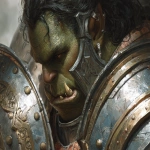

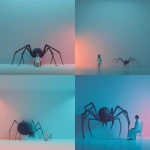
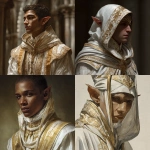

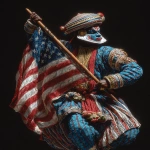

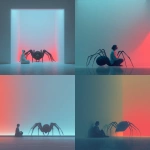



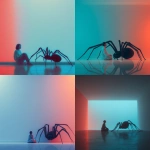



](https://images.ai-img.art/thumbnails/150/cc041db2ba44df3a2e110a04455c0fdf49948bd67b77c022669df3888598468a.webp)
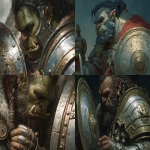

](https://images.ai-img.art/thumbnails/150/0b4c2ca8fd3b2962df2206ca8810fdae99efcdfc1a9b8aa68a113d256347af4f.webp)
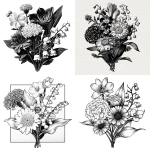



](https://images.ai-img.art/thumbnails/150/96a508d95e7379269fe047fb05a8b984468c71039b86d4b2081b6b4eebed1b65.webp)


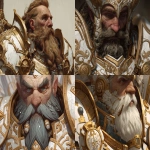
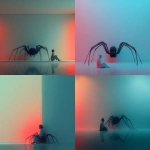
](https://images.ai-img.art/thumbnails/150/883252ab14abf449fba143e8d015b52b6505022ee5604f20e930fea350435cff.webp)
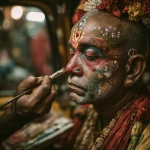





](https://images.ai-img.art/thumbnails/150/22a89c3014358777d6ad4d354d18a54c5f6f12afba558ff75c91b8eb4053130a.webp)


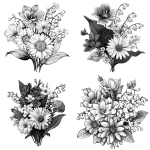

](https://images.ai-img.art/thumbnails/150/b479c71b9ce8c42d36eb158c561ae1646c708454c4ba90e72fd68296c6f57a52.webp)

](https://images.ai-img.art/thumbnails/150/ad3cb3100f90e6de3389b2120c30dfebc1ecb4df72654cc0054142252adad55e.webp)
